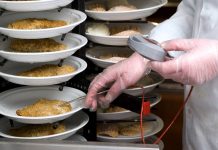Food contamination is not just limited to foods considered risky, such as chicken or fish. Prepared fruits, vegetables, and salads can also be potentially dangerous. Pathogenic (causing disease in humans) bacteria can grow and multiply on some types of food more easily than others.
Foods that grow bacteria more easily and quickly than other foods are a higher risk and are referred to by the FDA Food Code as “Time/Temperature Control for Safety food” or “TCS food” – (formerly called “potentially hazardous food” (PHF)).
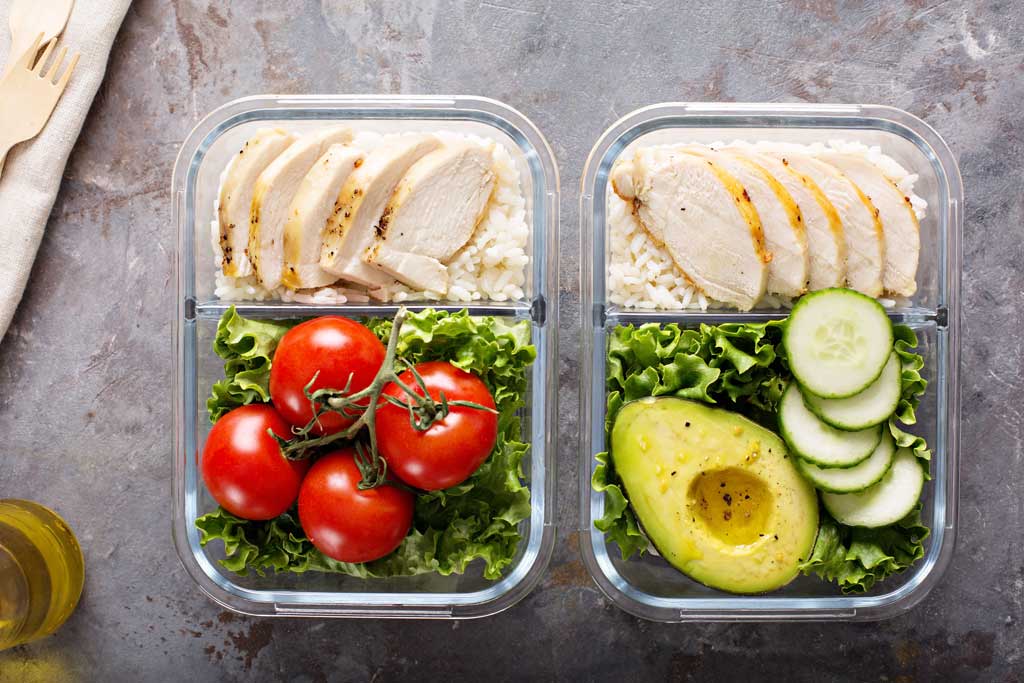


Time/Temperature Control for Safety (TCS) Foods
“Time/Temperature Control for Safety food” includes:
- An animal food that is raw or heat-treated;
- A plant food that is heat-treated or consists of raw seed sprouts, cut melons, cut leafy greens, cut tomatoes or mixtures of cut tomatoes that are not modified in a way so that they are unable to support pathogenic microorganism growth or toxin formation, or
- Garlic-in-oil mixtures that are not modified in a way so that they are unable to support pathogenic microorganism growth or toxin formation.
U.S. FDA – 2017 Food Code – Chapter 1 – Purpose and Definitions; pps. 22-24 (PDF)
https://www.fda.gov/media/110822/download
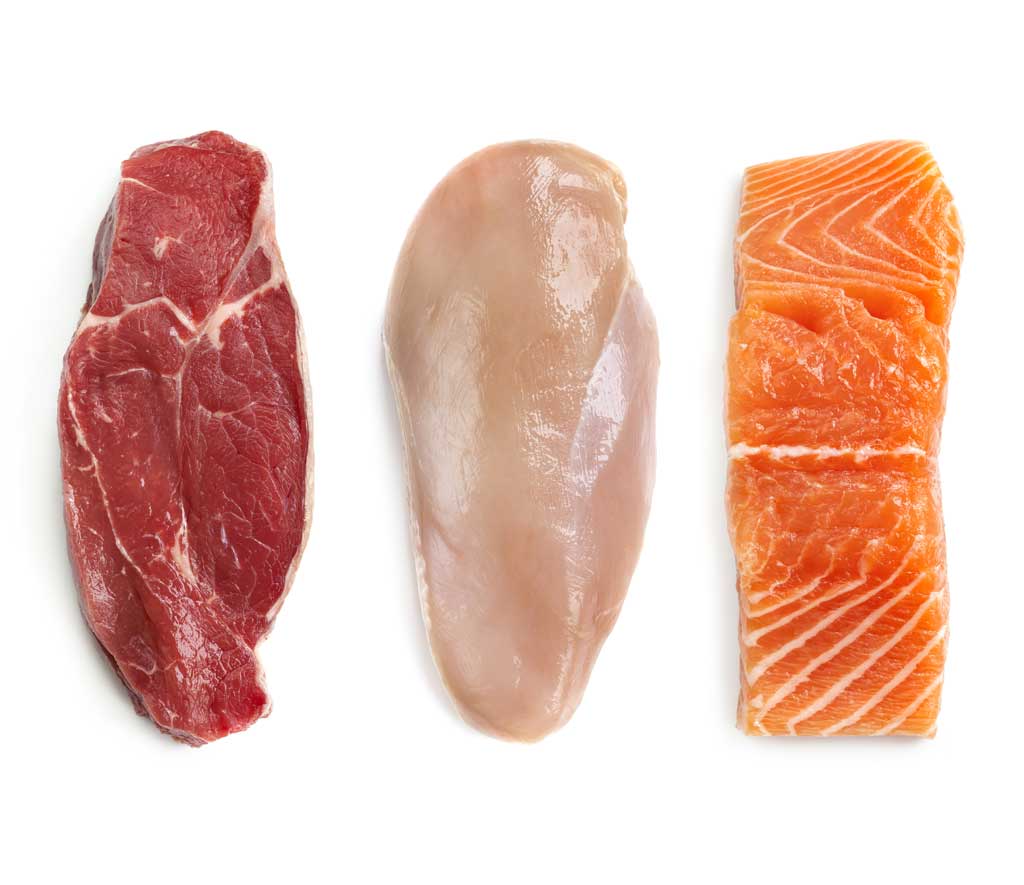


TCS Foods
TCS foods are foods that “require time/temperature control for safety (TCS) to limit pathogenic microorganism growth or toxin formation” and must be kept at temperatures ≤41°F(5°C) or ≥135°F(57°C) for safety. These foods are typically:
- Neutral to slightly acidic
- High in starch or protein
- Moist



TCS Food Types
Several foods need especially strict control when it comes to cooking time and temperature-regulated storage. These TCS foods include:
- Learn about proper hygiene, cross contamination, cold and hot food safety, foodborne pathogens, and best practices to prevent foodborne illness.
- Food Manager Training & ANSI Certification - $99.00
- Food Handler Training - only $7.00!
- HACCP Training: 16hr/4hr/1hr
- Food Allergy Training - $15.00
- Enter Promo "train10off" at Checkout
- Milk and dairy products;
- Seafood (fish, shellfish and crustaceans);
- Meat (beef, pork, and lamb);
- Poultry;
- Eggs and egg prducts;
- Tofu or other soy protein;
- Sprouts and sprout seeds;
- Cut/prepared fresh fruits and vegetables (including melons, tomatoes, and salad greens);
- Cooked rice, pasta, beans, and vegetables;
- Untreated garlic/oil mixtures.
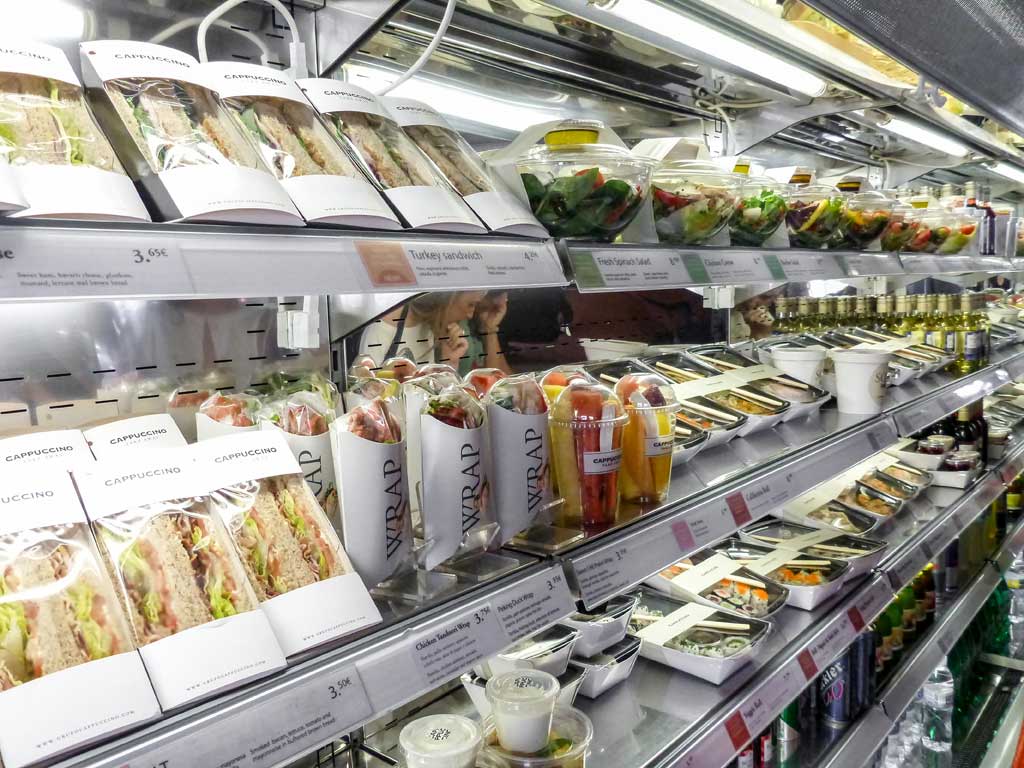


Low Risk Foods
Low-risk foods are those that don’t have particularly good bacterial growth conditions. These foods are:
- High in acidity
- High in salt or sugar
- Dried
- Canned or vacuum packed
Examples: Low-risk foods like dry goods, breakfast cereals, pickled foods, uncooked rice or pasta, and jams. Although these foods are not common sources of biological contamination, the appropriate care must still be taken when handling them.
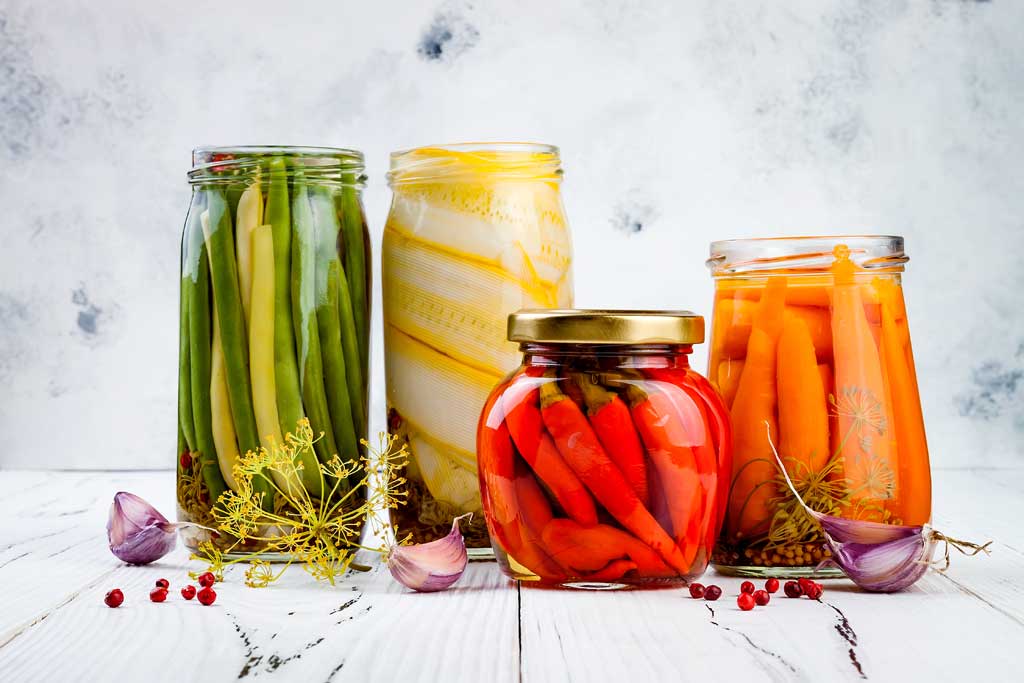


References
U.S. FDA – 2017 Food Code – Chapter 1 – Purpose and Definitions; pps. 22-24 (PDF)
https://www.fda.gov/media/110822/download
<div
U.S. Food Safety and Inspection Service (FSIS)
https://www.fsis.usda.gov/wps/portal/fsis/topics/food-safety-education/get-answers/food-safety-fact-sheets/safe-food-handling/danger-zone-40-f-140-f/CT_Index



